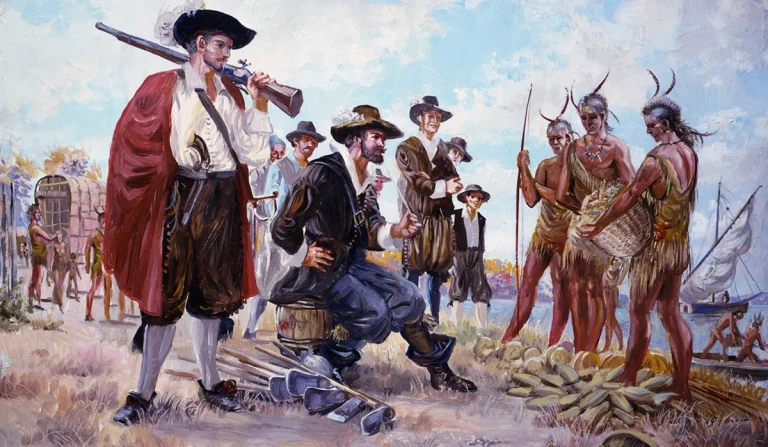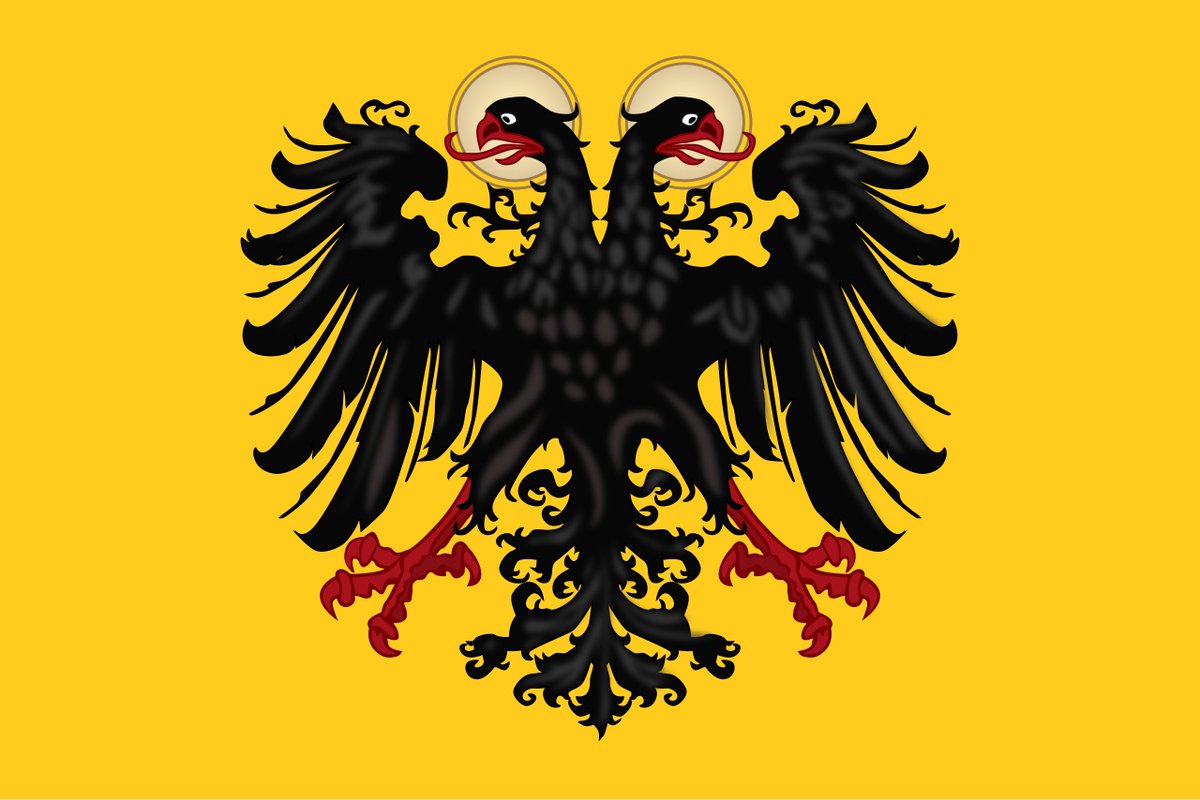In the medieval and the renaissance era, women often assisted the defenders when their cities were under siege and it sometimes became a source of great legends! Here are some notable examples off the top of my head from this time period... (thread)
https://twitter.com/LandsknechtPike/status/1463147517013635072
Most notable example is probably the "Order of the Hatchet", a honorary order given to the women of Tortosa in Aragon who defended their city against the Moors in 1149. The order was named like this because women used improvised weapons like hatchets! Emblem of this female order: 

The city of Tortosa had just recently been conquered by the crusader armies led by Ramon Berenguer IV, Count of Barcelona but as his forces moved to fight elsewhere, the city's defense was reduced in strength and women put on men's clothes and had to fight. 

Count Ramon "finding himself obliged, by the gallentry of the action [of women], thought fit to make his acknowlegements thereof, [...] instituted an Order, somewhat like a Military Order, into which were admitted only those Brave Women deriving the honor to their Descendants." 



These women were then described as knights in feminine form "cavalleras" in the sources: "Cavalleros or Knights or may I not rather say Cavalleras, seeing I observe the words Equitissae and Militissae (formed from the Latin Equites and Milites) heretofore applied to Women" 

The women of this honorary "Order of the Hatchet" were then exempt from taxes, inherited the jewels left by their dead husbands and took precedence ahead of men in the public assemblies of the town. They admitted no new members and after the last one died the order was defunct! 



During the famous siege of Eger in 1522 Hungarian women took up weapons and helped the defenders fight against the Turks, fighting from the walls and throwing rocks at them. This was commemorated by the romantic 19th century paintings and became a popular trope in art! 





During the 1572-73 Siege of Haarlem, a widow of a shipwright Kenau Simonsdochter Hasselaer became a legendary folk here after she assisted the defenders in fighting against Spanish. The legend is that she led 300 women against the Spanish which was romanticized in 19th century. 

Just like with women defending Eger, Kenau and her band of women became a popular trope in art of this battle. The Spanish ultimately conquered the city and no women were among the executed defenders and few deaths of women, leading some to doubt if that many were fighting. 



María Pita became a heroine in defense of 1589 Siege of Coruña. She was assisting her husband in defending the walls and reportedly snatched a spear with a banner out of hands of an English commander who was brother of Admiral Francis Drake, and killed him with it. 



Afterwards, María Pita famously shouted "Quien honra, que me siga" ("Whoever has honour, follow me!") as the English were retreating. Her husband was killed by a crossbow bolt, but her deeds were rewarded by King Philip II, who granted her the pension of a military officer. 





There was also Gesche Meiburg who became famous as the "Joan of Arc of Braunschweig" as she put a courageous effort to help defend her city of Braunschweig against Frederick Ulrich, Duke of Braunschweig-Lüneburg. She became very famous for her role in the defense of the siege. 



There were also many examples of individual noble women joining the fighting like Caterina Sforza when their fortresses were under siege, but it was not uncommon that bands of women had their own contingents if there was lack of men like in Tortosa. Two more examples of this... 

In 1449 after many men had already died, Camilla Rodolfi from a prominent merchant family commanded a group of women to defend the city of Vigevano against the mighty Duke of Milan Francesco Sforza, but was unsuccessful as the city fell to the Sforza family anyway. 

In the second siege of Diu in 1546, Portuguese women Catarina Lopes, Garcia Rodrigues, Isabel Fernandes, Isabel Dias and Isabel Madeira (captain) formed a group of female combatants who helped their men to defend the port of Diu against the forces of Gujarat Sultanate. 

Out of these women mentioned Catarina Lopes particularly distinguished herself in this battle as she reportedly managed to overpower one of the enemy soldiers and put her fingers in his eyes and plucked them out. 

So the story of women operating the mangonel that killed Simon de Montfort during the 1218 siege of Toulouse would not be uncommon or strange at all at that time. In events of brutal sieges, women would have to join the defending forces in desperate situations! 

• • •
Missing some Tweet in this thread? You can try to
force a refresh





































